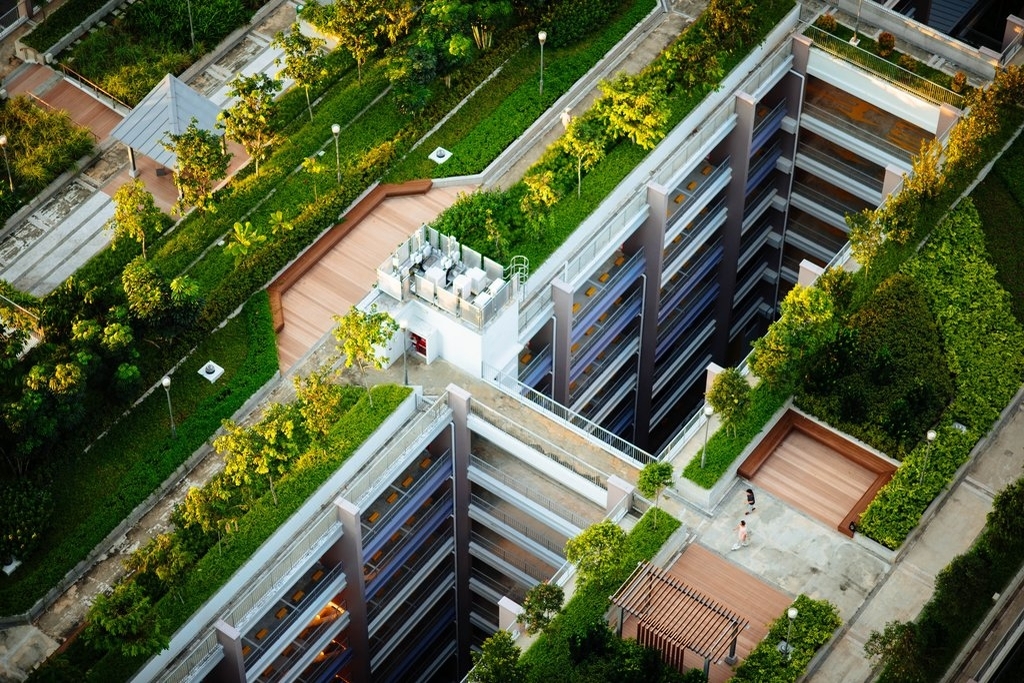How City Blooming can Save You Time, Stress, and Money.
How City Blooming can Save You Time, Stress, and Money.
Blog Article
Not known Incorrect Statements About City Blooming
Table of ContentsThe Best Guide To City BloomingThe Ultimate Guide To City BloomingMore About City BloomingNot known Details About City Blooming Indicators on City Blooming You Need To Know
Interested in expanding food for sale in the City of Chicago? Below is a checklist of often asked questions concerning the regulations and guidelines that growers should think about when preparing a metropolitan agriculture task.
The zoning modification does not change any type of various other codes dealing with composting, building authorizations, purchasing or renting City possessed home, service licenses or ecological contamination. There are existing codes that control these concerns and they continue to be in full impact and might be relevant to your task. Community gardens are commonly had or handled by public entities, public organizations or community-based organizations and kept by volunteers.
Urban farms grow food that is meant to be sold, either on a nonprofit or for-profit basis. Due to their industrial objective, metropolitan farms require an organization license.
Indicators on City Blooming You Should Know
Composting is permitted but just for plant material that is generated and used on site. The amount of compost product can not go beyond 25 cubic lawns at any given time according to the standards in 7-28-715 of the City's Municipal Code. Yes. Due to the fact that the soil at the majority of brand-new yard websites needs amending, garden compost, soil, timber chips, or other products can be obtained to build or improve the expanding space - eco-friendly practices.

If a structure permit is called for after that the hoophouse will certainly be thought about an accessory structure. You can figure out even more concerning the building authorization requirements by calling the Division of Buildings. The 25,000-square-foot size restriction is meant to stop a single neighborhood yard from controling a provided block or diminishing the block's existing domestic or commercial character.
The limit does not apply to yards located in Public Open Room (POS) districts. Can there be even more than one community yard that is 25,000 square feet on a single block? Fence is not required, nevertheless, yards that have huge car parking areas may be needed to set up fence or various other landscape design features.
All About City Blooming
B1 & B2 districts need that all commercial usage tasks be performed indoors. R districts limit commercial task. The laws reflect the objective and intent of the Zoning Code. Is fencing required for metropolitan farms? Yes. Fences might be required, together with landscaping and screening, for sure vehicle parking locations and exterior job or storage space areas depending upon location and the particular task happening.
Yes. Urban farms require structure permits and zoning approvals before construction. Various other kinds of city testimonial may be called for relying on details structures, tasks, size, landscaping, licensing, public health and stormwater management issues. Much of these demands are recognized in the task layout or permitting procedure, nevertheless, the candidate might be liable to separately identify specific licenses or allows that might be needed.
Yes. The type of license is identified by what is taking place at the website. The Division of Company Matters and look at here now Customer Security can help establish the specific kind of organization permit that's called for. Yes. Off street car park is required for a lot of commercial tasks in Chicago. The required number of car parking spaces is based on the number of employees working with website and not the square video footage of the expanding area.
7 Simple Techniques For City Blooming

Yes. An urban farm can market garden compost product produced on site, nevertheless, the operation must comply with the laws in 7-28-715 of the Chicago Municipal Code. Yes. Aquaponic systems are enabled inside on city ranches in lots of zoning areas. A zoning review and structure permit is required in order to mount structures or systems and a service permit is needed as explained over.
As much as 5 hives or colonies of honey may be kept as an accessory usage. Nevertheless, beekeepers should sign up with the Illinois Division of Farming. For more details concerning the suggested zoning modification you may call the Division of Housing and Economic Growth, Bureau of Planning and Zoning at 312.744.8563.
Farming in cities and metropolitan locations A metropolitan farm in Chicago. Urban farming describes different methods of cultivating. https://www.goodreads.com/user/show/179466644-daniel-nold, handling, and dispersing food in city areas. The term likewise puts on the location tasks of animal husbandry, aquaculture, beekeeping, and gardening in a metropolitan context. Urban agriculture is identified from peri-urban agriculture, which happens in country areas beside suburbs.
The Main Principles Of City Blooming
, who seek to form social networks established on a common ethos of nature and community holism. These networks can create by means of formal institutional support, ending up being incorporated right into neighborhood community planning as a "change community" motion for sustainable urban advancement.
In either instance, the extra direct access to fresh vegetable, fruit, and meat products that might be become aware via city agriculture can enhance food protection and food security while reducing food miles, leading to reduced greenhouse gas discharges, thus adding to climate change reduction. Several of the very first evidence of city agriculture originates from Mesopotamia.
Report this page